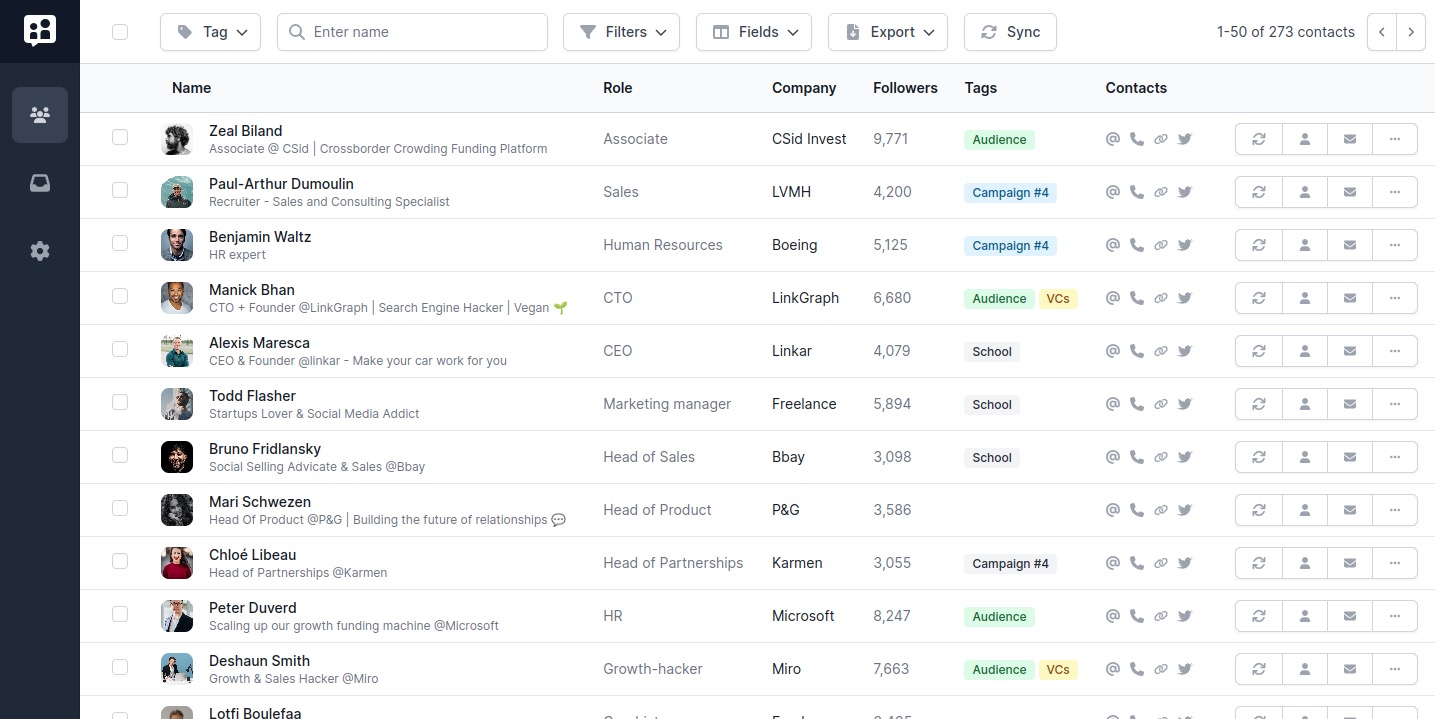If you’re looking to increase visibility for your business on LinkedIn, you may have heard about the “LinkedIn Showcase” pages.
LinkedIn Showcase allows you to create dedicated pages for brands, products, and services, within your company.
It’s a great way for medium and large companies to showcase brands, products, teams, locations, or charities, without disrupting the main message of their LinkedIn Company page.
In this blog post, we’ll cover everything you need to know about the LinkedIn Showcase feature, Showcase Pages vs Company Pages, how to create a Showcase page, and some great examples to get you inspired. Let’s do this!
What is a LinkedIn Showcase page?
Showcase Pages are an extension of a company’s LinkedIn Page. They allow companies to create separate pages that focus on specific aspects of their business.
Showcase Pages are designed to help companies reach a more specific and targeted audience, allowing them to share content that is more relevant to that audience.
Let’s look at an example: BOSE, the iconic headphones brand.
Did you know Bose also had a Venture business, an Aviation division, an Automotive subsidy, and a whole B2B division?
Mixing news about their mainstream B2C products and these B2B businesses would create noise on the main company page. That’s where LinkedIn Showcase pages come into play:

LinkedIn Showcase Page vs Company page
LinkedIn Showcase pages are a light version of company pages. They share the visual aspect, as well as many features:
- Following and Feed. Showcase pages can be followed separately from the main Company page. This is very useful to keep audiences cleanly segmented. Your marketing team can create posts, images, and videos, fully dedicated to that audience, without worrying about disrupting the main company’s messages.
- About information. The website, description, location, and other basic information can be edited. Use them to redirect visitors toward a website dedicated to what you’re promoting on the Showcase page.
- Admins. LinkedIn Showcase pages can be owned by a different team within your company.
But Showcase pages are not Company pages. You can’t have employees attached to a Showcase page, or job posts.
Should you create a Showcase or a Company page?
After browsing quite a few Company and Showcase pages, there’s only one sure thing: There is no one-size-fits-all way of dealing with Showcase pages. But here are some classic use cases to help you make a choice:
- If the audience buying your main product has nothing to do with the one buying your “secondary” product, it’s better to create a Showcase page. Example: Bose Headphone (B2C) vs Bose Aviation (B2B).
- If you want employees to display where they work, give them a Company page.
- If you want to be able to promote Job openings, make it a company page.
- If you have many brands and teams working across a portfolio of brands, you might want to keep a main company with all your employees, and a Showcase page for each brand where you can promote news. Unilever, with its huge portfolio of brands (Lipton, Knorr, Signal, Cif, Rexona, Slimfast), is doing something like that.
Check out the most interesting examples we found at the end of this article.
How to create a Showcase page on LinkedIn
It’s pretty easy to create a new Showcase page or your LinkedIn company. Just make sure that you already have a Company page created, and that you have Admin privileges on that page.

If you meet these requirements, here are the steps to creating a new LinkedIn Showcase page:
- Go to LinkedIn, and Create a new Company page. You’ll specify it’s a Showcase page in the following step.
- Assign the page to your company. You must be an Administrator of the company you affiliate with to create a Showcase page.
- Name that page. Make it appealing to your audience, it doesn’t have to be the legal entity’s name.
- Give it a pretty URL so that people can find it more easily from Google.
- Enter the website or page dedicated to the showcased project.
- Upload the logo of that project. Having a specific logo for your entity makes it look legit.
- Fill in the description.
- You’re done!
Don’t worry about not having all the information or the perfect copy right away: The Showcase page will be saved as a draft and invisible to your audience until you explicitly publish the page.
The next steps are to create content for your page and invite some people to follow you!
LinkedIn Showcase Page Examples
Harvard Business Review
Harvard Business Review is the publishing wing of Harvard University. It’s a massive business grossing about $300 million a year, more than the school business! On their company page, they are 2 Showcase pages for each brand under the HBR umbrella:
- HBR Ascend the entity targeting students
- And HBR Executive Book Club for active professionals
Both Showcase page publish their own content and are followed by 10s of thousands of LinkedIn users.

Procter & Gamble
Procter & Gamble went with another strategy for their Showcase pages: Localization. By dividing their content by country, they make it easier for local marketing teams to promote local branches and partners. And of course, each page uses the local language, making it easier for each segment to read and engage with the content.

Spotify
Another great example of segmentation is Spotify. Spotify owns a music festival — the Nine Muses Festival — in its home country of Sweden. It also has a whole subdivision for music marketers, Spotify for Artists, and a separate branch directed towards the tech side of its business, Spotify R&D.
Their LinkedIn Showcase page introduces each of these activities perfectly:

Take-aways
For companies of a certain size, LinkedIn Showcase pages offer an excellent medium to showcase secondary brands or businesses. By segmenting their audience and promoting different aspects of their brand without cluttering their Company page, marketers can effectivemy reach and engage with very valuable audiences and promote their brands, products and services in a more organized manner.

